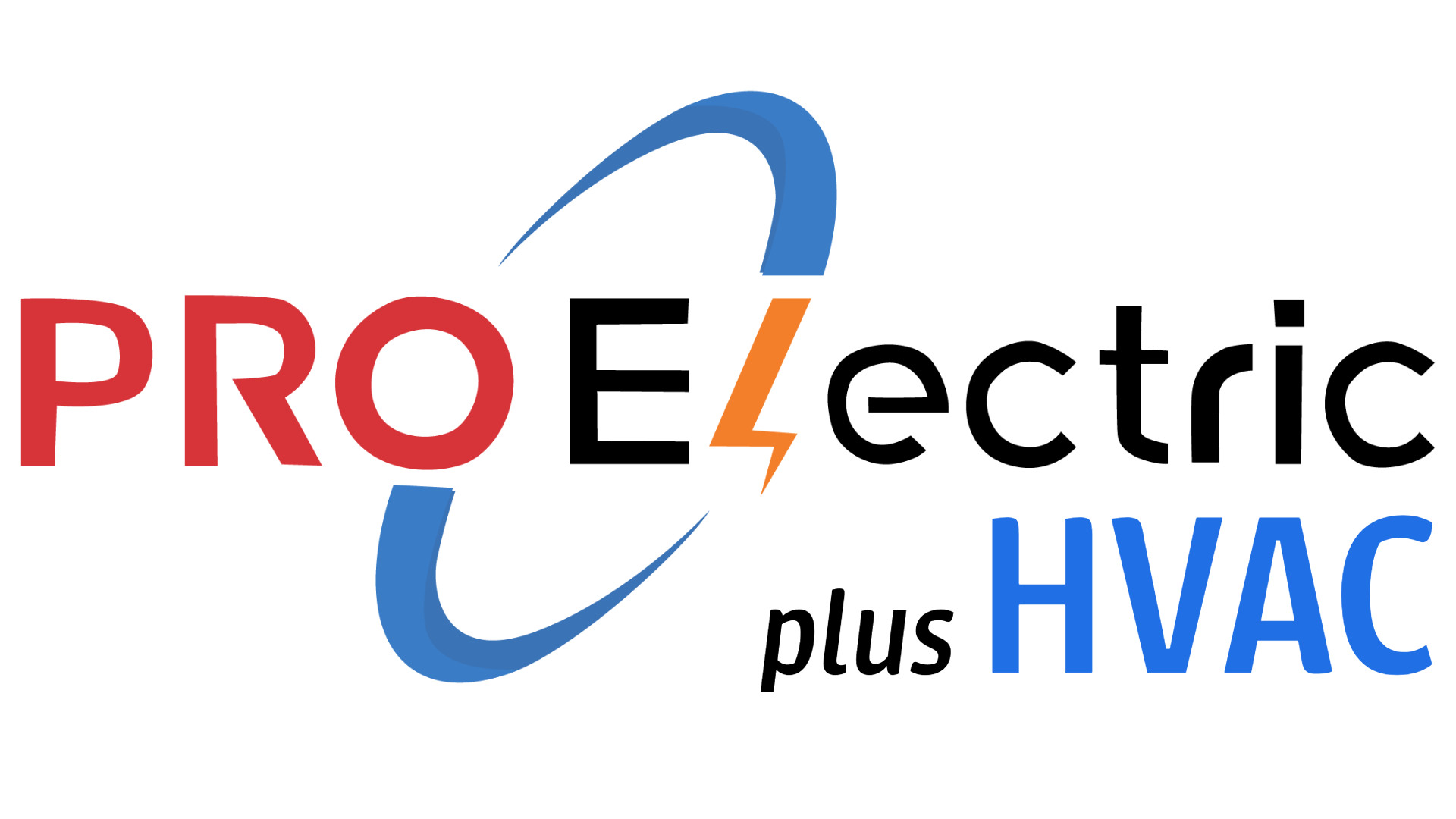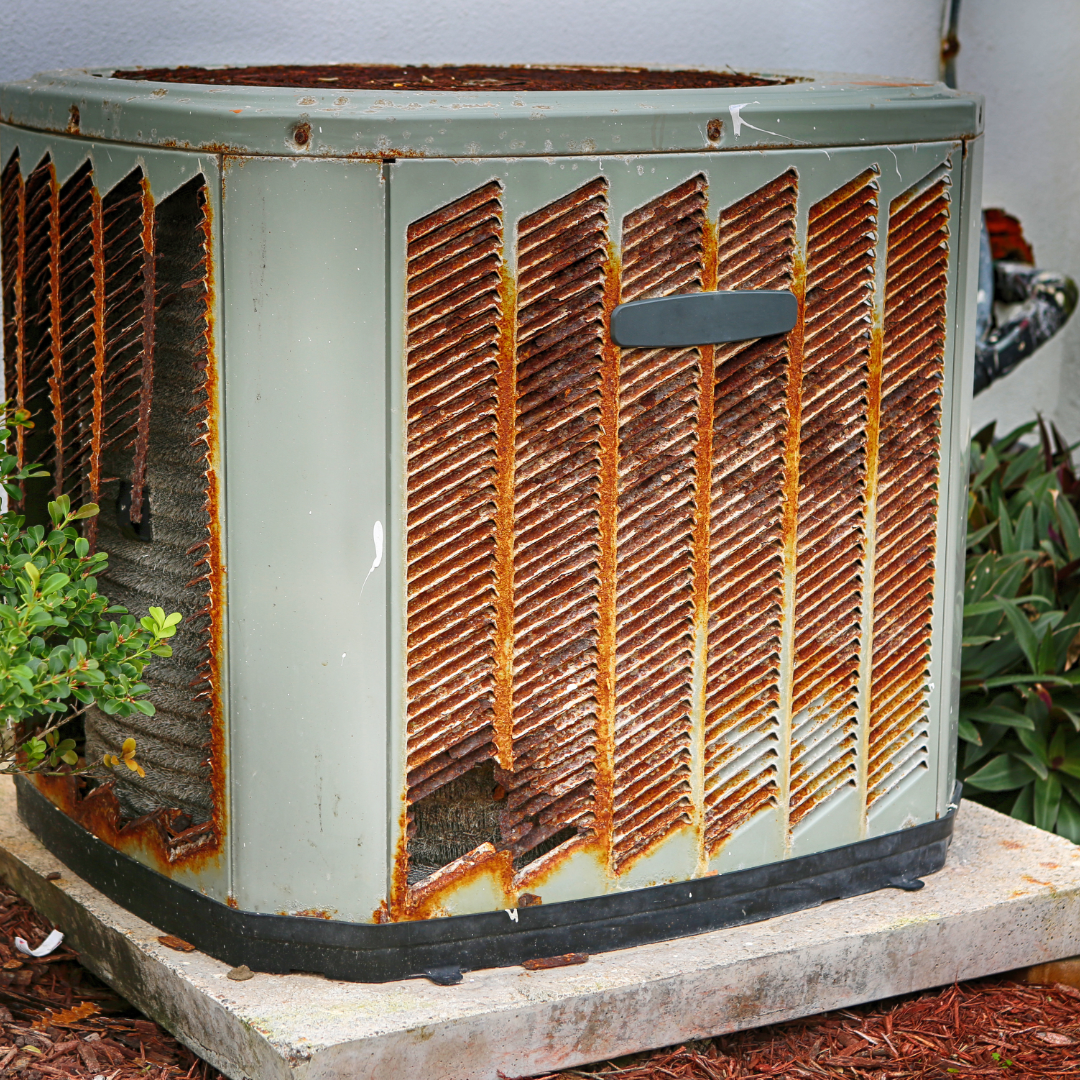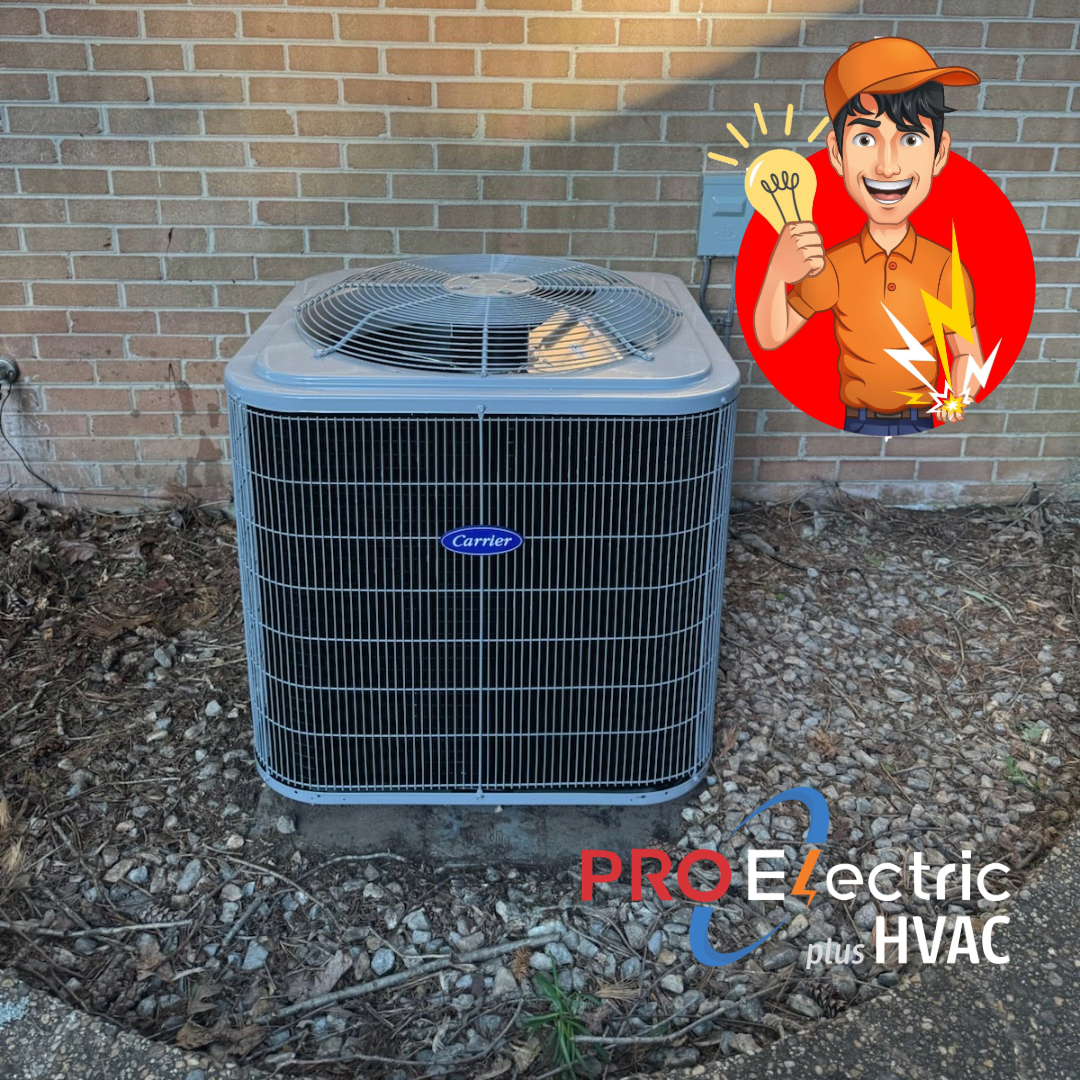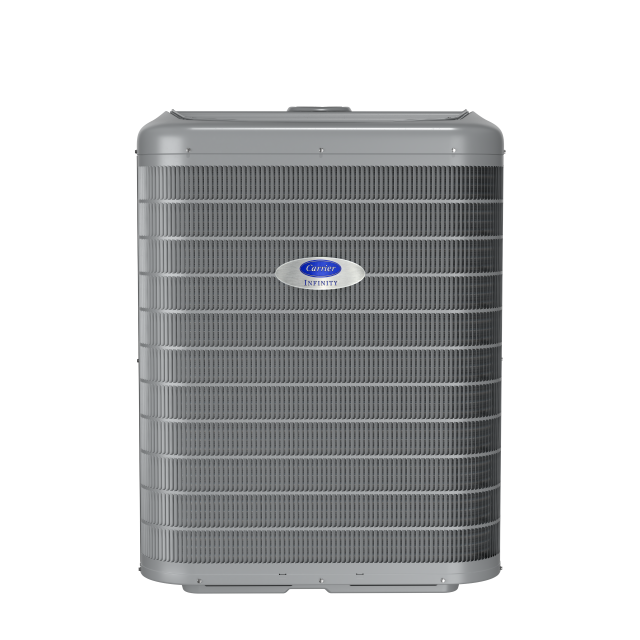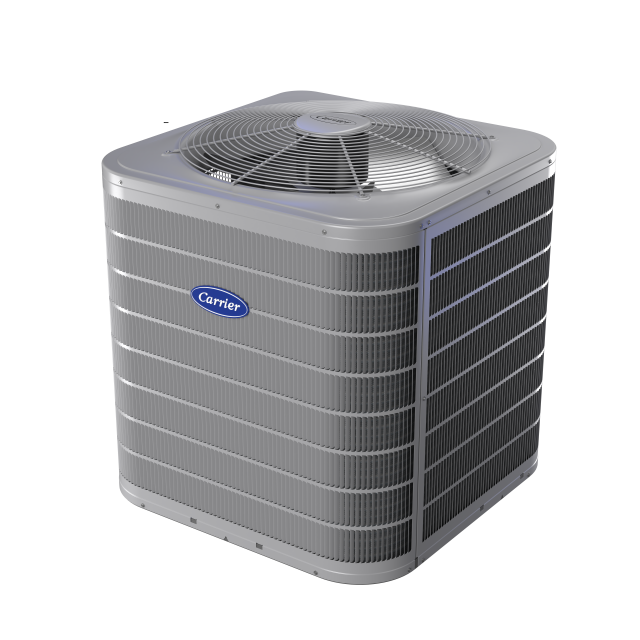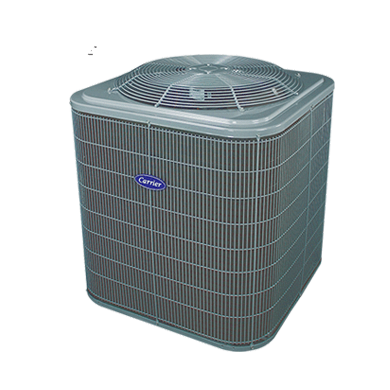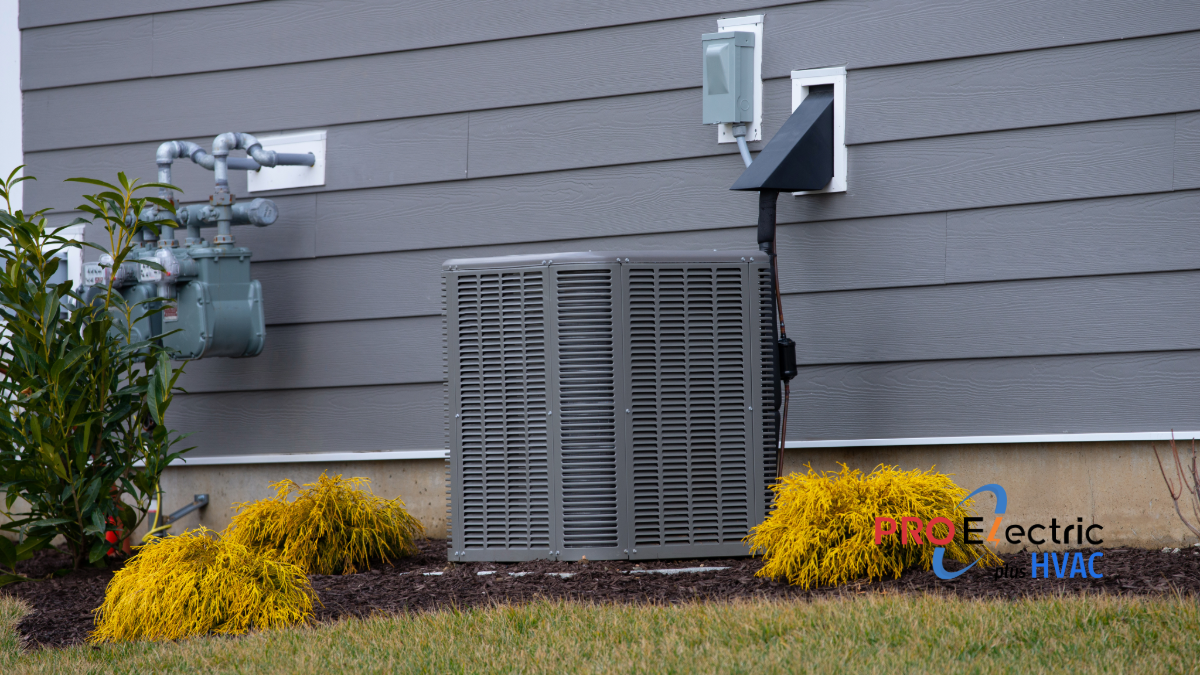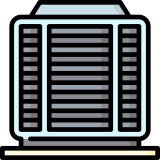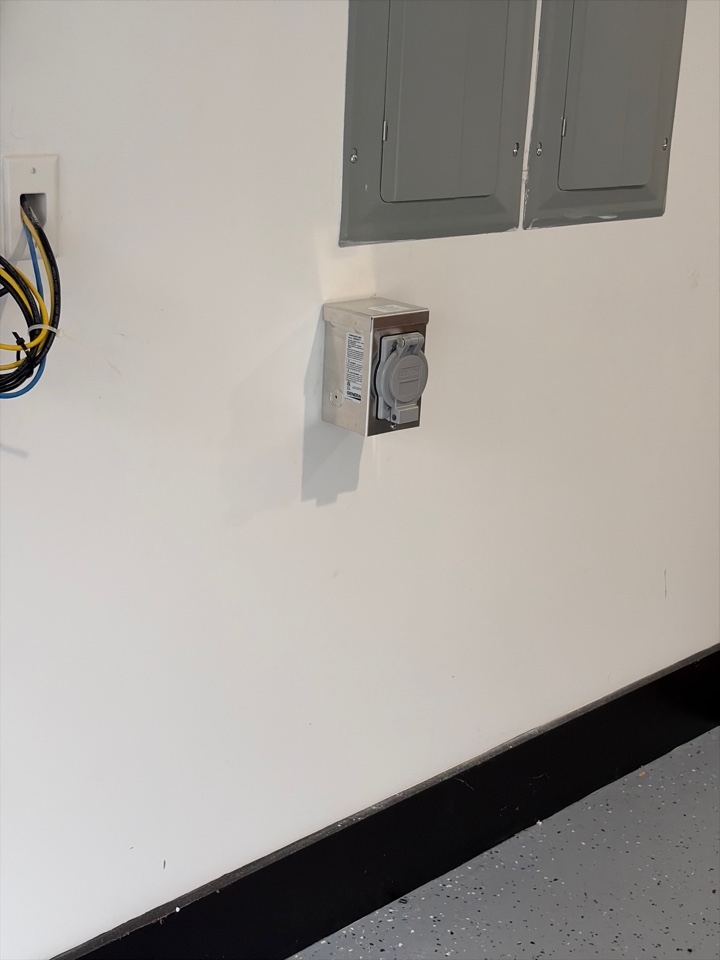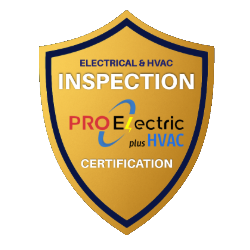To wrap up, here’s a quick summary from my technician’s point of view on how Carrier’s Infinity, Performance, and Comfort series stack up – for both central AC and ductless mini-split systems:
-
Energy Efficiency: Infinity is the highest (think top SEER2 ratings and Greenspeed variable-speed tech – maximum energy savings) Performance offers high efficiency, but a step below Infinity (still Energy Star in many cases, with two-stage or inverter units for better efficiency). Comfort gives you moderate-to-good efficiency for the lowest cost (meets standard efficiency requirements up to ~16 SEER2 for central, and ~20+ SEER2 in ductless).
-
Comfort and Technology: Infinity is loaded with advanced tech – fully variable-speed compressors, smart Infinity Controller, humidity control, and even sensing features in mini-splits. It maintains the steadiest temps and lowest humidity swings, providing a premium comfort experience. Performance series provides a comfort upgrade over basic systems – e.g. two-stage cooling for more even temperatures – and has a range of indoor unit options for ductless, but it doesn’t have all the fancy sensors or as tight control as Infinity. Comfort series is basic but effective – single-stage cooling that will keep you comfortable, albeit with a bit more temperature variation and manual control. Ductless Comfort units still benefit from inverter tech for steady cooling, just without extras.
-
Smart Controls: Infinity works with the Infinity Touch smart thermostat and has built-in Wi-Fi on ductless models, enabling full integration with smart homes and remote control. Performance central AC can be paired with third-party or Carrier smart thermostats (you can still have app control, Alexa, etc., it’s just not proprietary), and Performance ductless units often have optional Wi-Fi add-ons – so you can make it “smart” if you want. Comfort series is simple – no out-of-the-box Wi-Fi on equipment, but easily upgraded externally (e.g. add a Wi-Fi thermostat). Most Comfort users will just set the thermostat or use the handheld remote the old-fashioned way, which works fine.
-
Noise Levels: Infinity is the quietest – truly whisper-quiet operation, especially at low speeds. The outdoor unit and indoor fan are so quiet you’ll hardly notice them (great for light sleepers or if outdoor unit is near a patio). Performance units are quiet too, but in absolute terms Infinity has the edge. Expect a gentle hum from Performance outdoor units, noticeable but not disruptive. Comfort central AC units are a bit louder when running (full blast all the time can be around 73 dB) – audible outside, though usually fine indoors. Comfort mini-splits, on the other hand, remain very quiet (inverter advantage). If noise is a big concern, I nudge folks toward Performance or Infinity, but I also reassure that Comfort series noise is comparable to most standard ACs and usually not a deal-breaker.
-
Installation & Application: Infinity is best for whole-home systems where you want the ultimate setup – it often involves pairing with a high-end furnace or air handler and the Infinity control. It’s ideal in a permanent residence where you plan to optimize your HVAC fully. Ductless Infinity is mostly single-zone focused (great for a particular room or area with a dedicated high-end system). Performance is the most versatile – works for single or multi-zone ductless, and central Performance ACs come in various physical configurations (including compact models) to fit different homes. It’s a good choice for retrofit scenarios, moderately complex installations, or when you need a flexible solution (like cooling a couple of bedrooms and a den with one outdoor unit – Performance ductless can do that). Comfort is straightforward – best for standard installs where budget is key. Central Comfort units are typically installed in existing ducted systems or as basic upgrades. Comfort ductless units are usually single-zone, perfect for one room or open area that needs cooling. Also, if you specifically need cooling-only (no heating) in a mini-split, the Comfort line is your go-to, since it’s the only line that offers AC-only mini-splits.
-
Maintenance & Durability: Across the board, all three series carry a 10-year parts warranty with registration, so Carrier stands behind each one. Infinity has more advanced components, but they are engineered for longevity (just use a qualified installer to set it up right). It may require a bit more know-how to service (techs use diagnostic tools via the Infinity control), but it tends to proactively maintain itself well (e.g., better at avoiding big temperature swings that cause stress). Performance is in the middle – fewer parts than Infinity, still great build quality, easy for any tech to service. Comfort is simple and time-tested; fewer complex parts can mean fewer things to break, though maintenance (filter changes, coil cleaning) is equally important to keep it running efficiently. From what I’ve seen, if you maintain them, Infinity and Performance can easily last well over a decade, and Comfort units often do as well (I frequently see 15-year-old Comfort models still cooling fine). Environmental factors and usage patterns matter too, of course.
In the end, Carrier gives you options for every priority. If you want top performance, smartest tech, and whisper-quiet comfort, I’d steer you toward the Infinity series – whether a whole-home Infinity central AC with Greenspeed® for ultimate climate control, or an Infinity mini-split for a specific space with maximum efficiency. If you’re looking for a great mix of efficiency, comfort, and value, the Performance series is a fantastic choice – it’s reliable and you get a lot of bang for your buck, plus flexibility in configurations. And if you just need affordable, dependable cooling without the frills, the Comfort series will keep you chill and save you money upfront.
As an HVAC tech, I enjoy working with all three lines because each has its niche. I always ask customers about their priorities (budget vs. long-term savings, any noise sensitivity, smart home interest, etc.).
With Carrier’s lineup, there’s no one-size-fits-all – it’s about matching the right solution to the homeowner.
Hopefully, this comparison helped clarify the key benefits of Carrier’s central AC and ductless mini-split units across Infinity, Performance, and Comfort. Whatever you choose, you’ll be getting a quality system – and if you were my customer, I’d make sure it’s installed and tuned so you get the most out of it. Stay cool! 😎
